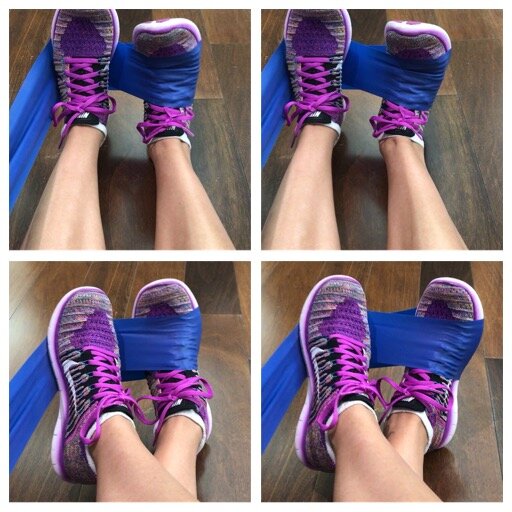One of the most annoying, but significantly common, running injuries is shin splints. Well, this is the usual diagnosis from a doctor or other medical professional when you tell them you have pain in the front part of your lower leg, even without examining you first. Besides learning how to treat and prevent this issue, it is important for athletes to understand the symptoms and different diagnoses that are associated with shin splints in the first place, since there are other similar injuries that can be career (and life!) threatening.
“Shin Pain” Causes
The number one cause of pain in the shins is overuse. You will hear from many doctors and physical therapists that biomechanical factors—think: flat feet, heel striking and overpronating, are the main cause, but it actually has more to do with overloading in general. Yes, these factors contribute to pain and other problems, but without the “overuse” part, most injuries wouldn’t occur. When it comes to runners, those who skip strength training and run excessively are more prone to any overuse injuries. It can be difficult to keep up with other exercises when your mileage builds up and you have a life outside of running, but this is when it is most important.
Differential Diagnosis
A specific condition that often times gets overlooked when diagnosing shin splints is compartment syndrome. Although distance runners will have the less dangerous type—chronic compartment syndrome, it is important to note the symptoms of the acute version, which can be life threatening. This condition consists of increased pressure in the lower limbs from “trapped” fluid. It mimics shin splints in the sense that there is achiness in the shin bone and surrounding areas during activity. With compartment syndrome, this pain rapidly worsens during activity and almost feels like “congestion” in the lower limbs. If you are experiencing similar symptoms, DO NOT continue running and seek medical care as soon as possible!
Stress fractures are often times caused by prolonged shin splints due to the increased use of already inflamed muscles and weakening of the tibia (shin bone). This weakening is the result of degeneration of the bone from overuse. Proper treatment of shin splints can lead to a fast recovery, but it is not the case with a stress fracture. Training through shin pain to the point that it leads to a stress fracture will only delay your progress and cause you to sit out of running for months.
Treating Shin Splints
The first step to recovery is rest (as it is with almost every injury). Start by taking a few days off and icing the area of pain three times per day if you can. Initially it is best to figure out what caused your shin splits to begin with, which is usually a combination of tight calf muscles, weak lower leg and ankle muscles, and inefficient strength of muscles higher up in the body such as the knees, hips, and core. Once the pain is under control and any swelling has relieved, then a gradual progression of strengthening and flexibility exercises should be incorporated. Below are simple ankle exercises used to strengthen the muscles that run down the entire lower leg, as well as stretching techniques for both groups of calf muscles.
When easing back into running, it is a good idea to rotate between different types of shoes throughout the week. Alternating surfaces is also helpful. Try switching between the road, grass, treadmill, and track to relieve pressure in different areas of the feet and legs. For runners who overpronate, choose shoes that help correct your foot strike, or wean into a pair of orthotics that help align your feet. Of course, if any pain starts to trickle back into the picture, take a few days off, ice, and keep working on the exercises. You should always continue strengthening and stretching a few times per week, even if your treatment is successful, in order to prevent shin splints and many other problems in the future.






